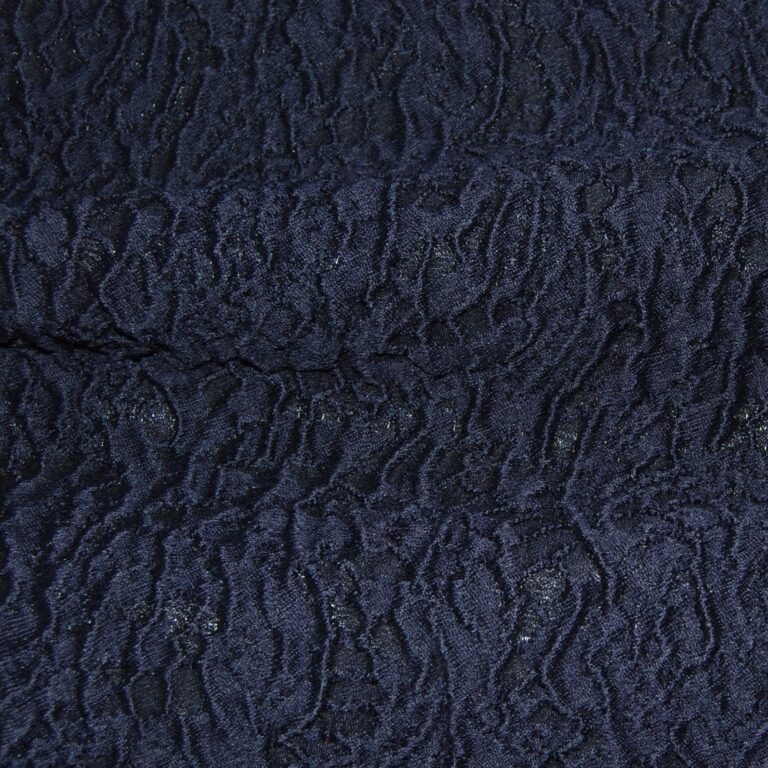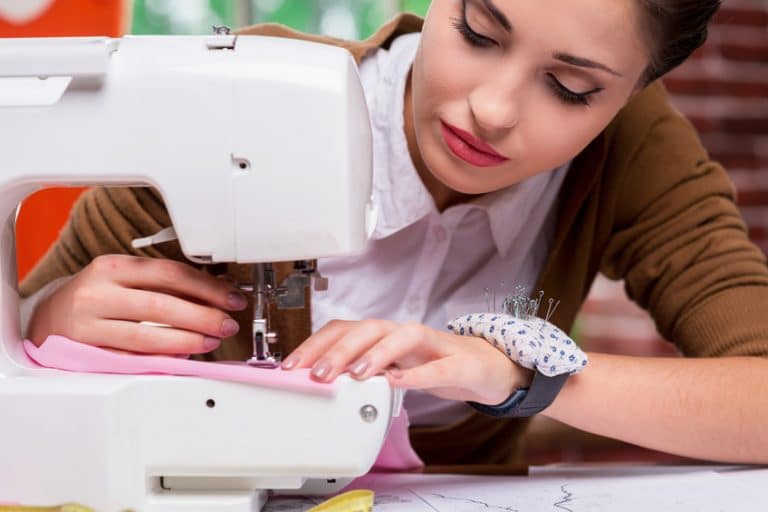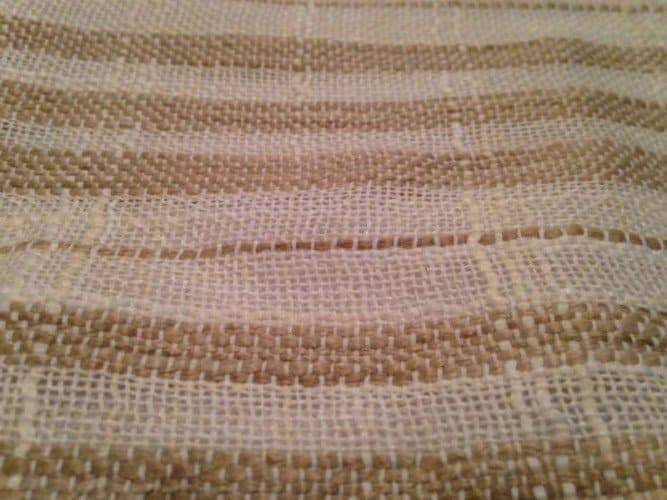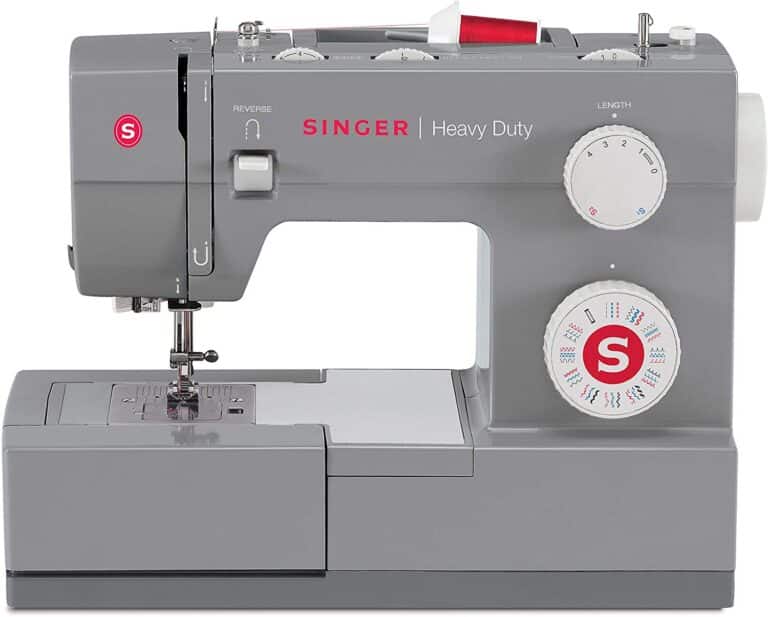5 Best Fabrics for Head Wraps
| Fabric | Description | Pros | Cons | Maintenance |
|---|---|---|---|---|
| Santee Circa 1800’s (100% Cotton) | Lightweight, soft, easy to sew | Breathable, comes in 30 different patterns and prints | Can absorb perspiration and hair oils, might dry out hair | Machine wash and tumble dry |
| Jersey Knit Prints (95% Polyester & 5% Lycra Spandex) | Lightweight jersey knit | Easy to tie, comes in many colors and patterns | Not a natural fabric, might make head hot or cause scalp sweat | Machine wash on cold and air dry |
| 100% Silk Shantung | Lightweight | Good for hair, soft, no hair damage or breakage | Slippery, can be harder to tie or stay in place | Dry clean only |
| Telio Bamboo Rayon Jersey Knit (95% Rayon from Bamboo & 5% Lycra Spandex) | Medium weight jersey knit | Soft, durable, antibacterial | Highly absorbent, might dry out hair | Machine wash on gentle, lay flat to dry |
| QT Fabrics Ocean Paradise (100% Cotton) | Lightweight, soft | Can be twisted/tied in different styles, breathable | Absorbs hair oils and perspiration | Machine wash and tumble dry |
Note: All fabrics can be purchased on Amazon. Fabric selection should be based on personal needs, hair type, climate, and reasons for wearing the head wrap.
Table of Contents
Best Fabrics for Head Wraps
Here are our fabric for head wraps reviews
1. Santee Circa 1800’s

Cotton head wraps are popular, but while cotton does breathe, it is also an absorbent material, which can soak up perspiration and hair oils, which can dry out and even damage hair. Cotton head wraps can be worn, but people often sew the inside layer of the head wrap with another fabric like silk or wear a silk hair cap below the head wrap to protect the hair.
- This fabric is 100% cotton is lightweight, soft, and easy to sew with
- Machine wash and tumble dry
- This line of fabric comes in thirty different patterns and prints
2. Jersey Knit Prints
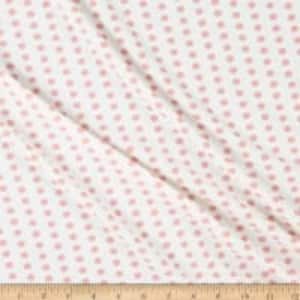
Similar to cotton, polyester fabric can also be used for making a head wrap. The fabric is generally easy to tie in many different ways, and comes in many different colors and patterns. The downside to polyester is that it’s not a natural fabric and it generally doesn’t breathe well, which might make the head hot or make the scalp sweat.
- Fabric is a lightweight jersey knit and is a blend of 95% polyester and 5% Lycra spandex
- Machine wash on cold and air dry
- This line of fabric comes in over forty different patterns and colors
3. 100% Silk Shantung
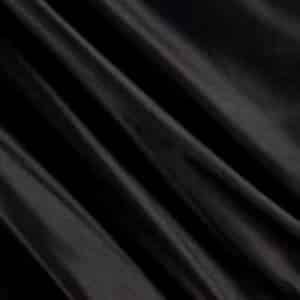
Some people prefer to make their head wraps out of silk because it is a good fabric for hair. Silk is soft, and will not usually dry out hair or cause damage or breakage. The downside to making a head wrap with silk fabrics is that they are sometimes slippery and can be harder to tie or will not stay in place as well as other fabrics.
- This lightweight fabric is 100% silk
- Many silks are dry clean only, and this fabric is no exception
- The fabric has a matte sheen and a crisp hand
4. Telio Bamboo Rayon Jersey Knit
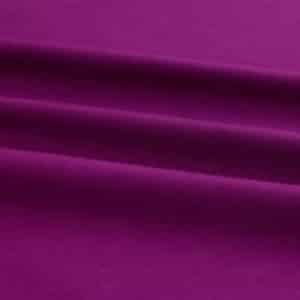
While it might be a surprising choice for head wraps, bamboo fabrics could potentially be used. Bamboo is incredibly soft, and it is also durable. Bamboo is antibacterial, but it is also highly absorbent, which could dry out hair in the long run, so using a bamboo head wrap in conjunction with a silk scarf or a silk hair cap might be a good idea.
- This jersey knit fabric is medium weight and is 95% rayon from bamboo and 5% Lycra spandex
- Machine wash on gentle, lay flat to dry
- This line of fabric comes in almost ten different colors and patterns and is versatile so it can be used to make many different apparel items as well
5. QT Fabrics Ocean Paradise
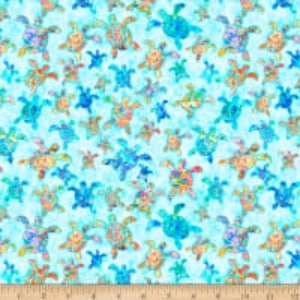
Cotton is a popular choice for head wraps. It generally can be twisted or tied into many different styles and in many different ways and tends to stay in place. Cotton is breathable and can be a luxurious and soft feeling fabric, but it is also absorbent and will soak up hair oils and perspiration.
- Easy to launder- machine wash and tumble dry
- This line of fabric is lightweight, soft, and is 100% cotton
- The fabric is very versatile and can be used for apparel, home décor, bedding, and more
Fabric for Head Wraps Buying Guide
There are many different types of fabric that can be used for head wraps. Almost all of them have benefits and drawbacks, so you will just have to decide what is right for you and what your preferences are on patterns, prints, and materials. For some, hair type, frequency of wear, and weather might determine the fabric used for a head wrap.
Personal Need
If you are wearing a head wrap just occasionally for fashion or as an accessory, the style of fabric might be purely functional as to how easy it can be tied and how it will stay in place. For other people, the type of hair they have might dictate the type of fabric that they need to use for a head wrap. People with extremely dry hair might not be able to wear cotton head wraps. If you live in a hot climate, you might want to steer away from synthetic fabrics.
Traditional Versus Style
The reasons for wearing a head wrap could determine the fabric you use to make one. Traditionally and culturally, one fabric might have been used solely or for more comfort, durability, and functionality. If you are wearing a head wrap just for style or as a hair accessory, you might just want to choose fabrics based on the color or pattern of the fabric.
Recommended Reading:


